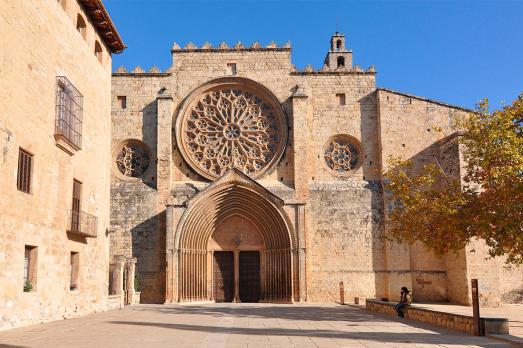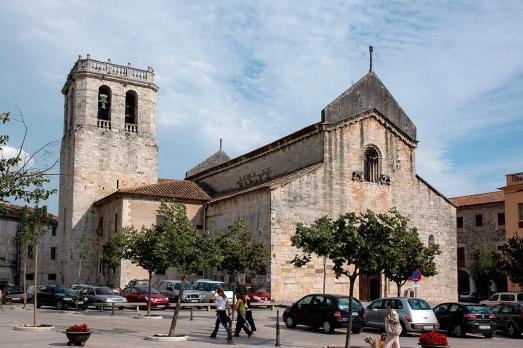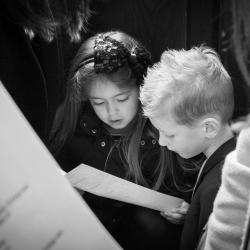
Monastery of San Salvador de Leyre
Monasterio de Leyre, ES
The most interesting building in the monastery complex is the church, whose Romanesque, smooth chevet stands out. The crypt is a very characteristic construction, with several naves separated by powerful columns. The nave of the church is Gothic, Cistercian. The doorway, known as Porta Speciosa, is a 12th century work, with important sculptures. The monastery preserved the remains of saints Nunilo and Alodia for a long time.














